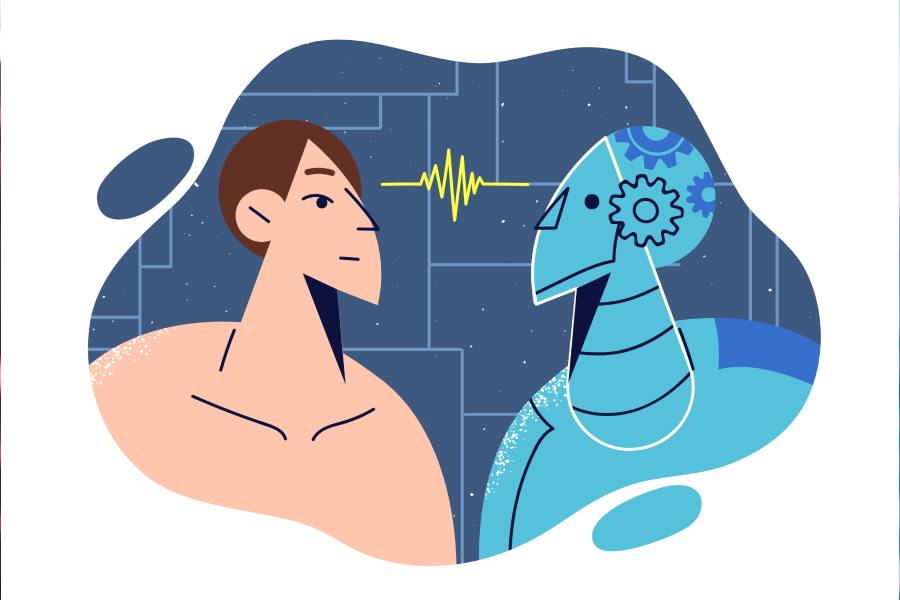 |
| A section of the CERN research facility |
New Delhi, Nov. 17: Physicists probing mysteries of the universe through the world’s largest underground experimental facility in Geneva have snared exotic matter called antihydrogen and cut a music album whose sales will help orphans in Nepal.
The trapped antihydrogen and the music album from two independent teams at CERN, the European Organisation for Nuclear Research, suggest that researchers at the multi-billion-dollar facility pursuing fundamental science can also have a bit of fun.
A 42-member research team at CERN today announced that it had succeeded in trapping the exotic antimatter atoms of hydrogen — antihydrogen — with magnetic fields for up to a tenth of a second, longer than ever achieved before.
The experimental results will appear in the journal Nature tomorrow.
Antimatter, first predicted by British physicist Paul Dirac in 1931, has the opposite charge of normal matter — and antiparticles such as antielectrons, or positrons, are routinely used in medical diagnosis.
In 2002, physicists at CERN for the first time created antihydrogen atoms, but studies on antihydrogen have been difficult because antimatter annihilates when it touches normal matter.
“While about 100 million antihydrogen atoms have been produced since then, none has ever been trapped more than a few millionths of a second,” said Joel Fajans, professor of physics at the University of California, Berkeley, and a team member.
“(Until now) antihydrogen atoms were lost almost at the instant they were created,” Fajans told The Telegraph. In the new experiments, scientists coaxed two matchstick-sized clouds of positrons and antiprotons to produce antihydrogen atoms.
In a sample of 335 attempts, they could trap 38 antihydrogen atoms — each for more than a tenth of a second.
“This result will allow us to compare matter and antimatter with very high precision,” said Jeffrey Hangst, a physicist at the University of Aarhus, Denmark, and the spokesperson for the Antihydrogen Laser Physics Apparatus (Alpha) experiment at CERN.
The Standard Model of physics — a set of rules to describe subatomic particles — predicts that hydrogen and antihydrogen must behave identically. “The question we're asking is whether atoms of matter and antimatter obey the same laws of physics,” Hangst said.
But the pool of physics talent at CERN is lending itself to more than just science.
Another team of physicists involved in studying head-on collisions of subatomic particles in CERN’s underground particle accelerator have pooled their skills in piano, music, guitar, and song-writing to produce Resonance — a music double album CD with a DVD.
The album has an original blues song from physicist Steven Goldfarb’s Canettes Blues Band, an ode to CERN by the singer-songwriter-scientist Cat Demetriades, a classical piano piece called Prelude C-minor by Italian scientist Fabiola Giannotti, CERN said today in a press release. The proceeds from the sales of Resonance will go to Happy Children’s Home in Pokhara, Nepal, where the funds will be used to build an orphanage, CERN said.
The album is set for release on December 6 2010, which, CERN said, is 13.7 billion years to the day since the Big Bang.











